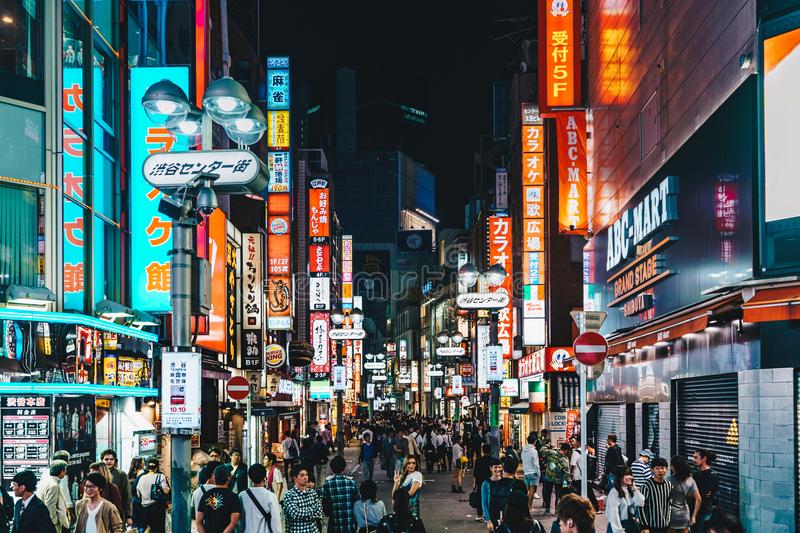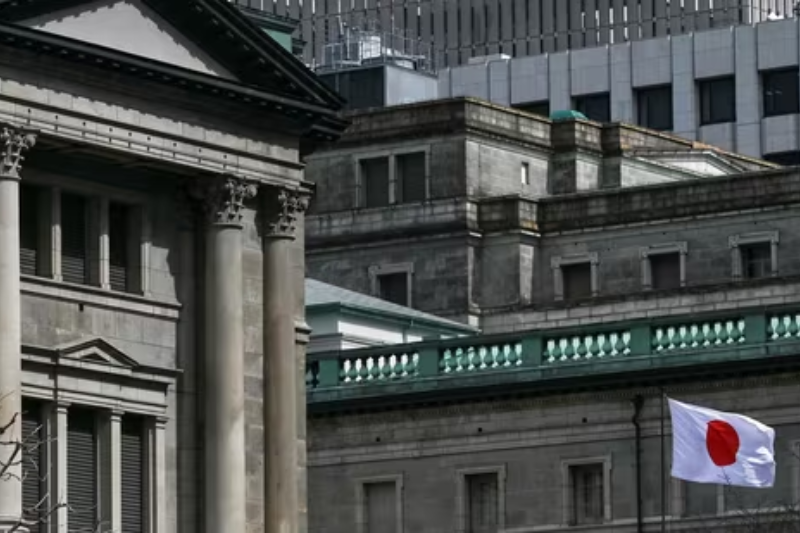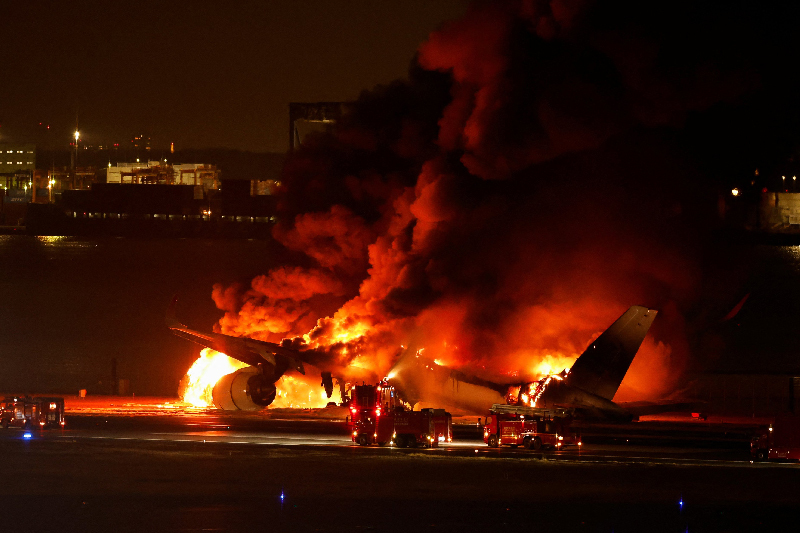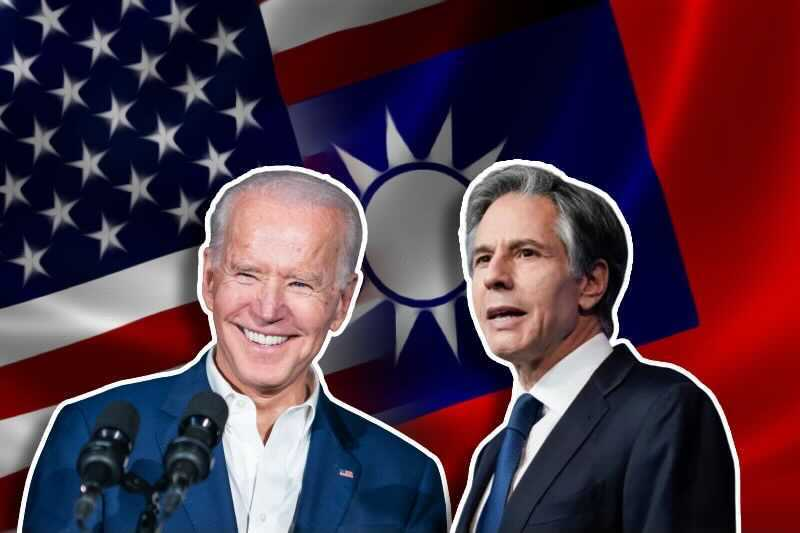
Is Japan really ready to let the world back in?
Once Prime Minister Fumio Kishida of Japan eased COVID-19 restrictions, the arrival of Omicron in late November 2021 significantly altered that decision. His most notable action was the closure of the Japanese border, which went against the general trend of reopening in East Asia and caused outrage elsewhere.
Since April, Kishida has reacted warily to calls for Japan to reopen its borders from both within the country and from abroad. Long-term visa holders and tourists on regulated package tours were able to enter Japan on June 1 when the country reopened its borders. Currently, independent travelers are not allowed into the country, but they should be able to return in the fall.
Wada Kouichi, Japan’s Minister of Land, Infrastructure, Transport, and Tourism, reported that as of June 15th, the country had only received 1,300 requests for travel visas.
Despite Japan’s lowest currency rate in 24 years (136 yen to the US dollar), this is still the case. With the possible exception of China, Japan’s present border procedures for foreign tourists are the most severe in Asia.
However, the public has come to embrace Kishida’s COVID-19 policy approach and his gradual reopening. With an increasing number of patients and problems such as the government’s failure to supply enough hospital beds, this is no simple assignment.
Voters appear to be on board with Kishida’s strategy, with COVID-19 becoming less of a concern in light of the shooting of former Prime Minister Shinzo Abe on July 8.
An FNN/Sankei poll indicated 65.4% of respondents supporting the COVID-19 policies adopted by the government.. 67% of Japanese citizens support the government’s plan to promote domestic tourism, while another 67% favor relaxing COVID-19 restrictions, such as allowing foreign tourists to visit.
Since January 2022, Kishida’s cabinet support has progressively risen from 63 to 69 percent as a result of his response to COVID-19 and the Russian invasion of Ukraine.
Related Posts
The number of COVID-19 cases in Japan rose somewhat on July 5, when there were 194 new cases per million persons. The spread of BA.5, a new subvariant of COVID-19, which is expected to produce a seventh wave of infections, is being blamed by experts.
It’s less than Australia’s (1,076) and New Zealand’s (964), Taiwan’s (2,356) or even Singapore’s (717), which have all moved away from “zero-COVID-19” toward open borders.
Japan has the lowest death rate per capita outside of China, despite having the highest cumulative mortality per capita in 2020 to 2021 than most of its developed East Asian neighbors.
While Japan has had 249 deaths per million people since July 9, the United States has had just over 300, New Zealand has had 314, Taiwan has had 317, Australia has had 400, and South Korea has had 480.
Japan’s government has responded to an uptick in cases by strengthening efforts by local governments to ensure that there are adequate hospital beds available. Re-evaluate the launch of the Zenkoku Ryokou Shien program, which would have fostered domestic tourism through government subsidies, as well.
64 percent of the population received a booster shot in Japan as of July 8th, compared to 38 per cent in the US, 54 per cent in Australia, 59 per cent in Britain, 74 per cent in Taiwan, 74 per cent in South Korea and 78 per cent in Singapore, according to vaccine statistics.
While Japan’s partners, businesses, tour operators, students, and tourists are calculating the losses, Kishida has been able to use the shutdown to reverse domestic dissatisfaction with the actions of former prime ministers Shinzo Abe and Yoshihide Suga.
This surge could provide him the political clout to open Japan’s borders to more foreigners, depending on how it plays out.




